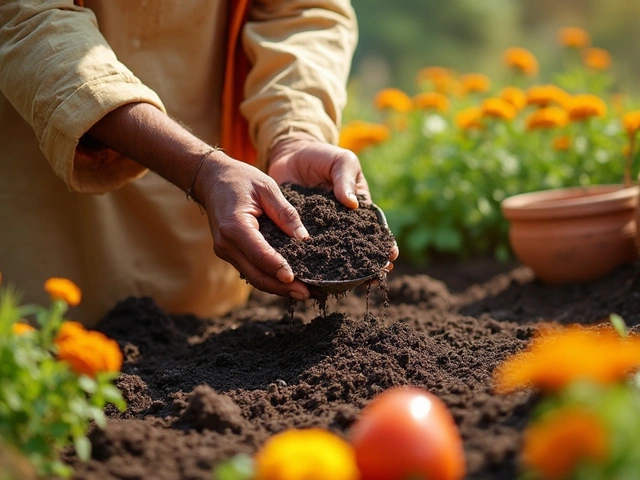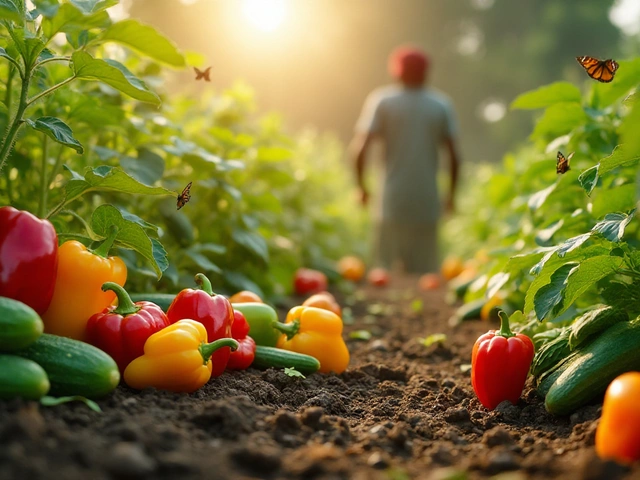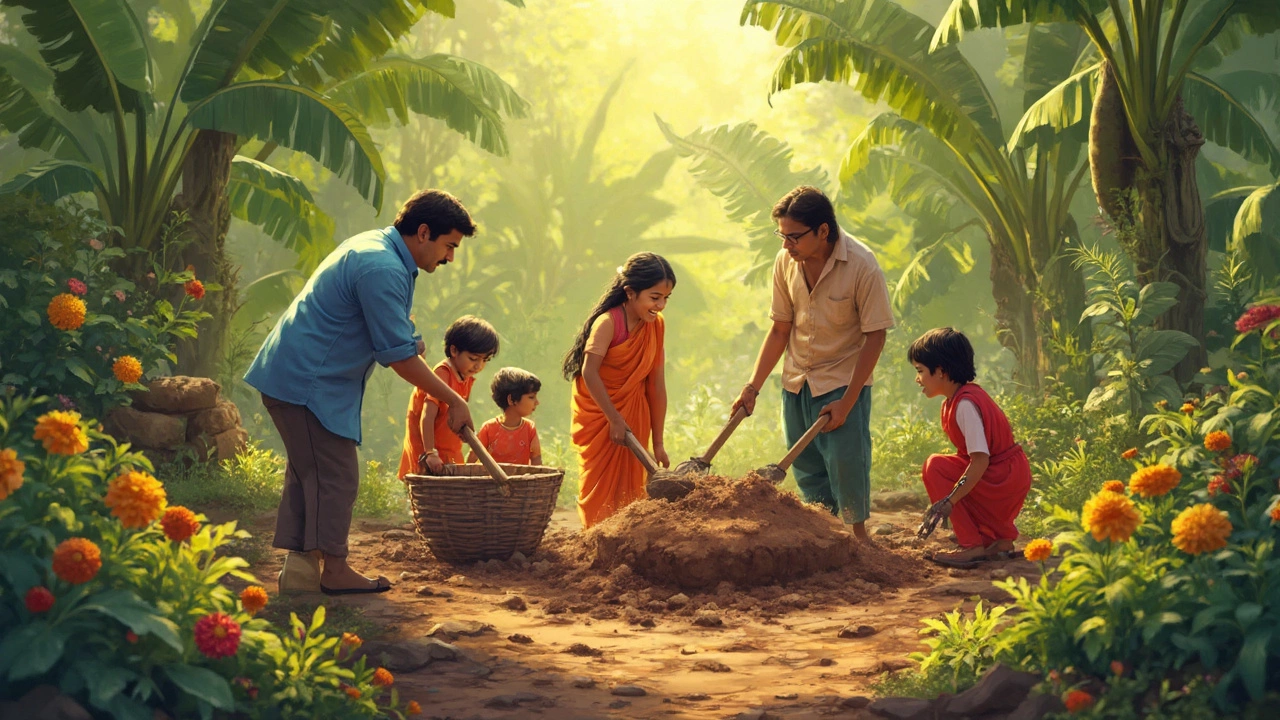How to Loosen Compacted Soil and Boost Your Garden
Ever dug a hole and felt the soil push back like a rock? That’s compacted soil, and it stops roots from breathing and water from flowing. The good news? You can fix it with a few easy steps and everyday items. Let’s get your soil soft, fluffy, and ready for healthy plants.
Why Soil Gets Compact and How It Hurts Plants
Compaction usually happens after heavy foot traffic, machinery, or rain that hardens the surface. Clay‑rich soils are especially prone because the tiny particles stick together tightly. When soil is dense, roots can’t spread, water pools on top, and air pockets disappear. The result? Stunted growth, yellow leaves, and a garden that looks tired.
Another hidden cause is using the wrong tools. A heavy shovel or a wheelbarrow can press soil down instead of lifting it. Even mulching too thickly can squash the ground underneath. Understanding these triggers helps you avoid them in the future.
Easy Ways to Loosen Compact Soil Today
1. Add Organic Matter
Mixing compost, well‑rotted manure, or leaf mold into the soil beats a lot of other methods. Spread a 2‑3 inch layer over the area and work it in with a garden fork or a broadfork. The organic material creates pockets for air and water, making the soil lighter.
2. Use Coarse Sand or Perlite
If your garden soil is heavy clay, add coarse sand (not beach sand) at a ratio of about 1 part sand to 4 parts soil. Perlite works the same way but stays lighter. Blend it in well to avoid creating a concrete‑like mix.
3. Aerate with a Broadfork
Unlike a regular fork that turns the soil, a broadfork lifts and loosens without mixing layers. Step on the handle, rock the fork back and forth, then move it a foot and repeat. In a half‑hour you’ll have dozens of tiny air channels that let roots breathe.
4. Plant Cover Crops
Quick‑growing legumes or grasses (like mustard or clover) act like nature’s tiller. Their roots break up compact zones, and when you mow them down and incorporate them into the soil, you add more organic matter.
5. Mulch Lightly
Instead of a thick blanket, apply a thin 1‑inch layer of straw, wood chips, or shredded leaves. This keeps moisture in while still letting air reach the soil beneath.
After you’ve loosened the soil, water it gently. This settles the new material and helps it settle into place. Avoid pounding water directly with a hose—use a watering can or a gentle sprinkler.
Remember, loosening compacted soil isn’t a one‑time task. Seasonal traffic, rain, and planting can bring it back. A quick check every few months and a light amendment will keep your garden soil in top shape.
Ready to give your garden a breath of fresh air? Grab a fork, some compost, and get to work. In just a few hours you’ll notice healthier roots, better drainage, and plants that thank you with vibrant growth.
How to Fix Hard Soil in Your Garden for Healthier Plants
Fixing hard soil in your garden is easier than you think. Discover proven tips, DIY tricks, and why your plants will thank you for it.
About
Gardening
Latest Posts


Are Potatoes Native to India? Discover the Truth
By Alden Thorne Apr 7, 2025

Drip Tape vs Drip Line: The Ultimate Guide for Efficient Watering
By Alden Thorne Jul 21, 2025

Which Fruit Is the King of India? All About Growing the Mango
By Alden Thorne Apr 19, 2025

